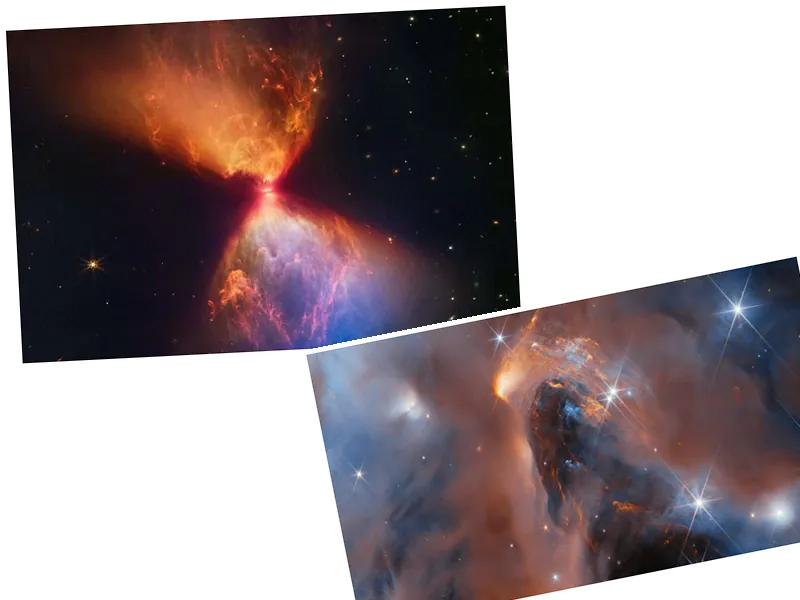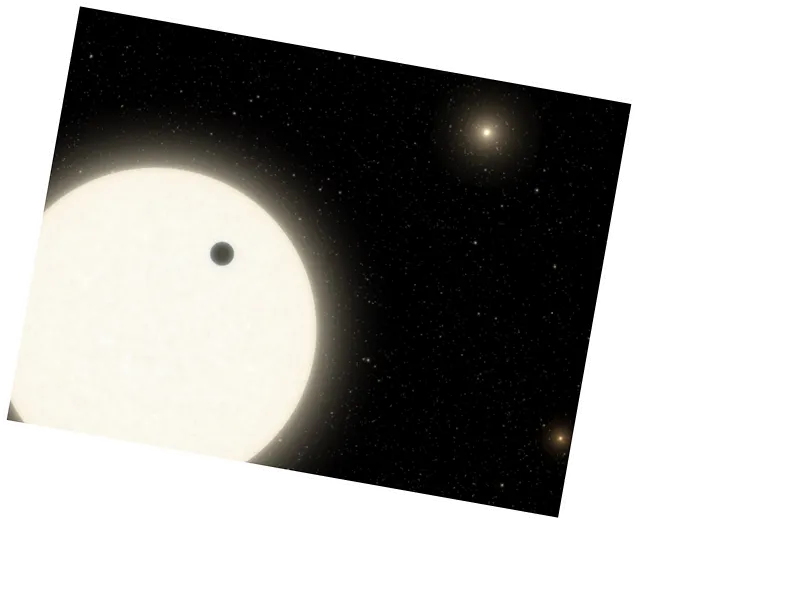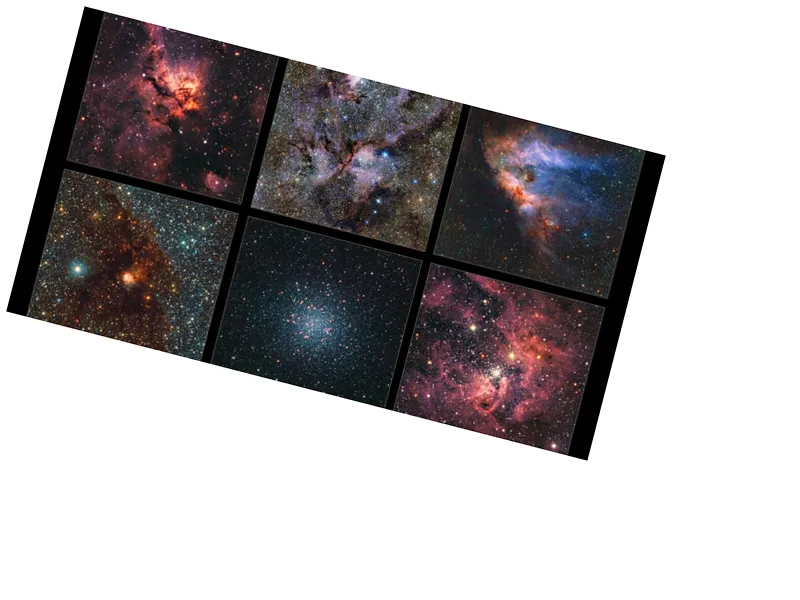An international team of astronomers has made groundbreaking discoveries about six new 'wandering worlds' using the James Webb Space Telescope. These celestial bodies, which do not orbit any star, were found in the nebula NGC 1333, located approximately 960 light-years from Earth. This nebula is part of the Perseus molecular cloud, known for its active star formation processes. The findings were published in the esteemed scientific journal, The Astronomical Journal.
The James Webb Space Telescope's advanced infrared capabilities allowed astronomers to penetrate the dust that previously obscured observations made by the Hubble Space Telescope. This led to the discovery of young stars, brown dwarfs, and planetary-mass objects, which are significantly larger than Jupiter. The researchers revealed that the universe produces these bodies through two primary processes: the contraction of gas and dust clouds during star formation and the debris disks surrounding young stars, a method similar to the formation of Jupiter in our solar system.
A notable finding includes a brown dwarf accompanied by a planetary-mass object, suggesting a formation process akin to binary star systems. Despite these insights, the exact mechanisms behind the formation and evolution of these wandering worlds remain a mystery. Current hypotheses suggest that these bodies might form around stars before being ejected due to gravitational interactions. Although they comprise about ten percent of the celestial bodies in the studied nebula, wandering worlds are still considered relatively rare in the Milky Way.
Looking ahead, the team plans to utilize the Webb Telescope for further exploration of these wandering worlds to understand how they might develop their own miniature planetary systems. Additionally, NASA's upcoming Nancy Grace Roman space telescope, set to launch in May 2027, is expected to discover hundreds of transiting planets, potentially shedding more light on these enigmatic cosmic objects.
- The nebula NGC 1333, where these discoveries took place, is characterized by its dense clouds of gas and dust, which are crucial for star formation. The James Webb Space Telescope, launched in December 2021, has revolutionized our understanding of the universe with its ability to observe in infrared light, allowing astronomers to see through dust clouds that previously obscured celestial phenomena.
- The significance of these findings extends beyond just the wandering worlds themselves; they provide valuable insights into the fundamental processes of star and planet formation. The study of brown dwarfs and their planetary-mass companions challenges existing models and encourages astronomers to refine their understanding of how celestial bodies form and evolve in various environments throughout the universe.






